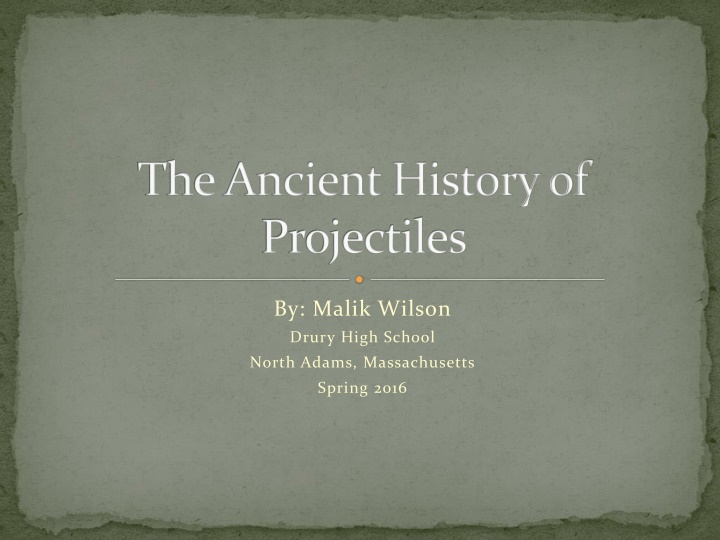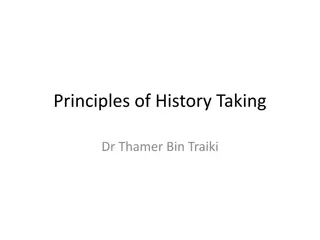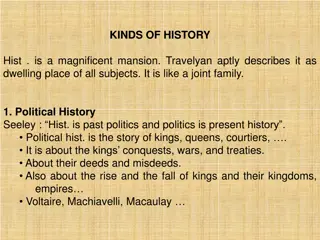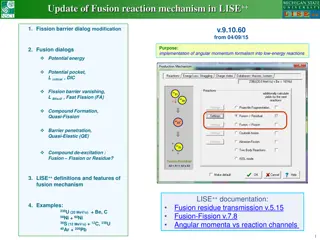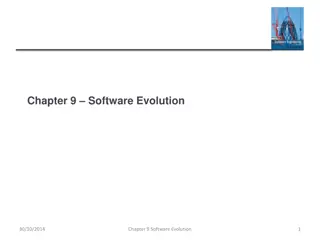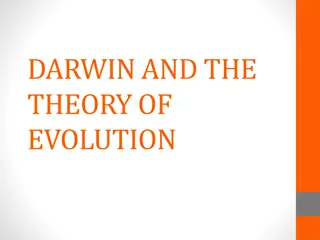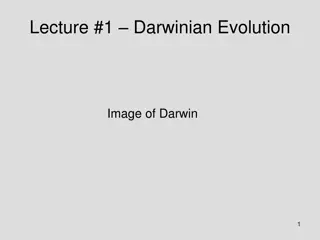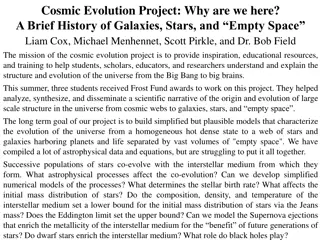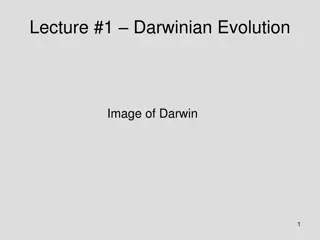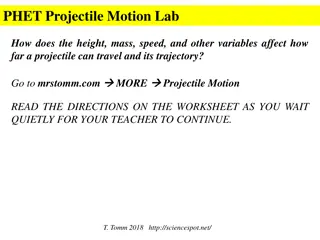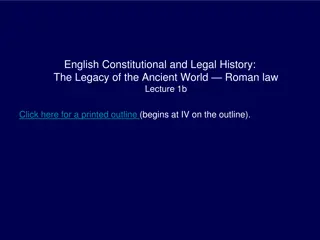Evolution of Projectiles Through History
Delve into the evolution of projectiles from ancient times to the Medieval period, exploring the theories of motion by Aristotle and Galileo, and the innovative siege weapons like Ballista and Trebuchet used in warfare.
Download Presentation

Please find below an Image/Link to download the presentation.
The content on the website is provided AS IS for your information and personal use only. It may not be sold, licensed, or shared on other websites without obtaining consent from the author.If you encounter any issues during the download, it is possible that the publisher has removed the file from their server.
You are allowed to download the files provided on this website for personal or commercial use, subject to the condition that they are used lawfully. All files are the property of their respective owners.
The content on the website is provided AS IS for your information and personal use only. It may not be sold, licensed, or shared on other websites without obtaining consent from the author.
E N D
Presentation Transcript
The Ancient History of Projectiles By: Malik Wilson Drury High School North Adams, Massachusetts Spring 2016
Aristotles Impetus InAristotle's theory of motion, projectiles were pushed along by an external force which was transmitted through the air. This force he called impetus. This impetus caused the object to move in a straight line until it was expended, at which point the object fell straight to the ground
Galileos Projectile Under closer inspection and when viewing projectiles traveling greater distances, it becomes clear that projectiles do not behave in this manner. With the spread of cannon in warfare (beginning 1248AD), the study of projectile motion had taken on greater importance, and now, with more careful observation and more accurate representation, came the realization that projectiles did not move the way Aristotle stated: the path of a projectile did not consist of two consecutive straight line components but was instead a smooth curve. Galileo (born 1564) realized that falling bodies picked up speed at a constant rate do to gravitational force and called it acceleration Using an inclined plane, Galileo had performed experiments on uniformly accelerated motion, and he now used the same apparatus to study projectile motion.
Galileo Continued He reasoned that a projectile shot from a cannon is not influenced by only one motion, but by two --the motion that acts vertically is the force of gravity, and this pulls the projectile down by the times-squared law (acceleration due to gravity). But while gravity is pulling the object down, the projectile is also moving forward, horizontally at a constant velocity
Ballista The early ballista in Ancient Greece was developed from two weapons called oxybelesand gastraphetes The Ballista was an invaluable Medieval siege attack weapon. The Ballista design was similar to a giant crossbow and worked by using tension. The Ballista was designed to aim huge wooden, iron clad, darts or arrows which were powered by twisted skeins of rope, hair, or sinew -the ballista design was based on a huge dart-throwing machine. The Ballista loosed heavy bolts, darts and spears along a flat trajectory. The force of the missiles launched from the Ballista was designed to have great penetration and were capable of skewering several of the enemy at one time
The trebuchet The Trebuchet was a weapon used during siege warfare. The Medieval Trebuchet was similar to a catapult, or stave sling, which was used for hurling heavy stones to smash castles or city walls. A trebuchet works by using the energy of a falling (and hinged) counterweight to launch a projectile (the payload), using mechanical advantage to achieve a high launch speed.
Trebuchet continued The trebuchet allowed the sieging army to keep their distance from the castle and avoid being hit by arrows but were still able to hit the castle The use of the swaying basket or wheels, was to make sure it was a vertical drop so that the potential energy did not transform to horizontal motion reducing the distance of the load.
The Bow and Arrow A bow is a flexible arc which shoots aerodynamic projectiles called arrows. A string joins the two ends of the bow and when the string is drawn back, the ends of the bow are flexed. When the string is released, the potential energy of the flexed stick is transformed into the velocity of the arrow.
